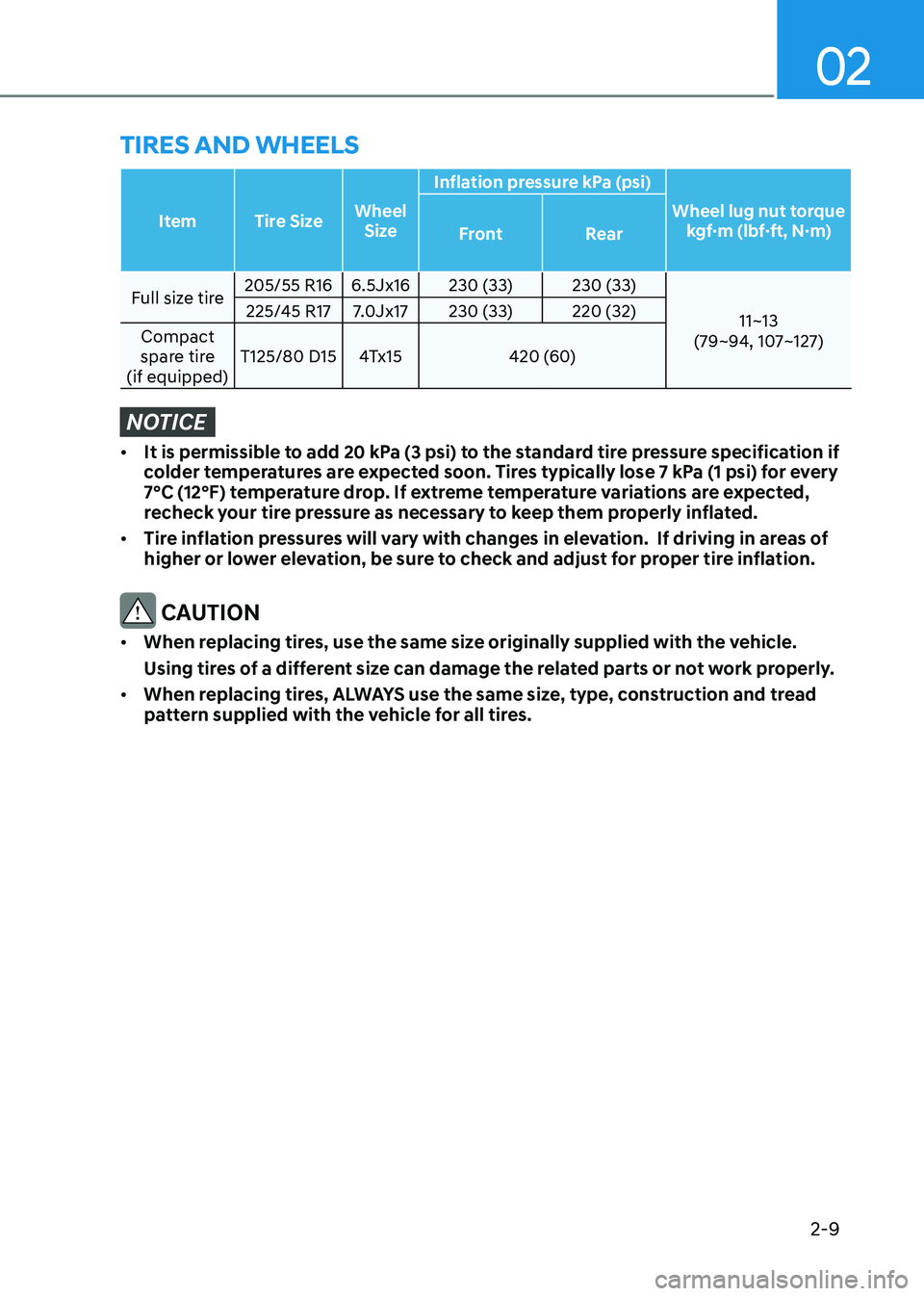Page 20 of 529
01
1-17
Energy Flow
The hybrid system displays the energy
flow in various operating modes. While
driving, the current energy flow is specified in 11 modes.
Vehicle stop
ODN8HQ019001L
The vehicle is stopped.
(No energy flow)
EV propulsion
ODN8HQ019002L
Only the motor power is used to drive the
vehicle.
(Battery → Wheel) Power assist
ODN8HQ019003L
Both the motor and the engine power are
used to drive the vehicle.
(Battery & Engine → Wheel)
Engine only propulsion
ODN8HQ019004L
Only the engine power is used to drive
the vehicle.
(Engine → Wheel)
Page 21 of 529
Foreword
1-18
Engine generation
ODN8HQ019005L
When the vehicle is stopped, the high-
voltage battery is charged up by the engine.
(Engine → Battery)
Regeneration
ODN8HQ019007L
The high-voltage battery is charged up
by the regenerative brake system.
(Wheel → Battery) Engine brake
ODN8HQ019010L
The engine braking is used to decelerate
the vehicle.
(Wheel → Engine)
Power reserve
ODN8HQ019008L
The engine is simultaneously used to
drive the vehicle and to charge up the
high-voltage battery.
(Engine → Wheel & Battery)
Page 22 of 529
01
1-19
Engine generation/motor drive
ODN8HQ019011L
The engine charges up the high-voltage
battery. The motor power is used to drive
the vehicle.
(Engine → Battery → Wheel)
Engine generation/regeneration
ODN8HQ019009L
The engine and regenerative brake
system charges up the high-voltage
battery.
(Engine & Wheel → Battery) Engine brake/regeneration
ODN8HQ019012L
The engine braking is simultaneously
used to decelerate the vehicle and to
charge up the high-voltage battery.
(Wheel → Engine & Battery)
Start engine to avoid battery
discharge
ODN8HQ019030L
If the engine is not turned on with
the Engine Start/Stop button in ACC
or ON for a while, the battery can be
discharged. Please turn on the engine to
prevent 12V battery from discharge.
Page 28 of 529

2
2. Vehicle Information and Reporting Safety Defects
Exterior Overview .......................................................................................... 2-2
Interior Overview ........................................................................................... 2-4
Instrument Panel Overview ........................................................................... 2-5
Engine Compartment .................................................................................... 2-6
Dimensions ...................................................................................................... 2-7
Engine specification ....................................................................................... 2-7
Bulb Wattage .................................................................................................. 2-8
Tires and Wheels ............................................................................................ 2-9
Volume and Weight ...................................................................................... 2-10
Air Conditioning System ............................................................................... 2-10
Recommended Lubricants and Capacities ..................................................2-11
Recommended SAE Viscosity Number ................................................................. 2-12
Vehicle Identification Number (vin) ............................................................. 2-13
Vehicle Certification Label ........................................................................... 2-13
Tire Specification and Pressure Label .........................................................2-14
Engine Number ............................................................................................. 2-14
Reporting Safety Defects ............................................................................. 2-15
Page 29 of 529
2-2
Vehicle Information and Reporting Safety Defects
ExtErior ovErviEw
„„Front view
The actual shape may differ from the illustration.OCN7H010004
1. Hood ...................................................... 5-47
2. Headlamp ....................................... 2-8/9-49
3. Tires and wheels ............................2-9/9-27
4. Side view mirror ..................................... 5-375. Sunroof
.................................................. 5-43
6. Front windshield wiper blades ............9-25
7. Windows ............................................... 5-39
8. Front radar ............................................. 7-14
Page 31 of 529

2-4
Vehicle Information and Reporting Safety Defects
The actual shape may differ from the illustration.OCN7H010003N
1. Inside door handle .................................5-17
2. Seat position memory system ..............5-23
3. Side view mirror control switch ...........5-38
4. Central door lock switch .......................5-18
5. Power window switches ......................5-39
6. Power window lock button ..................5-42
7. Steering wheel tilt/telescopic lever .....5-27
8. Steering wheel ...................................... 5-26
9. Instrument panel illumination control
switch ...................................................... 4-510. 12V battery reset button
.........................8-5
11. Lane Safety button ................................7-31
12. ESC OFF button .................................... 6-33
13. Fuel filler door release lever .................5-54
14. Trunk release lever ................................5-49
15. Hood release lever ................................5-47
16. Light control/Turn signals ....................5-56
17. Seat adjusting switch .............................3-3
18. Wiper/Washer switch ...........................5-66
intErior ovErviEw
Page 34 of 529
02
2-7
DimEnsions
Itemsmm (in.)
Overall length
4,650 (183.1)
Overall width 1,825 (72)
Overall height 1,420 (55.9)
Front tread 205/55 R16 1,585 (62.4)
225/45 R17 1,579 (62.2)
Rear tread 205/55 R16 1,596 (62.8)
225/45 R17 1,590 (62.6)
Wheelbase 2,720 (107)
EnginE sPECifiCation
Item Gasoline 1.6 GDi HEV
Displacement
cc (cu. in.) 1,580 (96.42)
Bore x Stroke mm (in. )72.0 X 97.0
(2.83 X 3.82)
Firing order 1-3-4-2
No. of cylinders 4, in-line
Page 36 of 529

02
2-9
tirEs anD whEEls
Item Tire SizeWheel
Size Inflation pressure kPa (psi)
Wheel lug nut torque kgf·m (lbf·ft, N·m)
Front Rear
Full size tire205/55 R16 6.5Jx16 230 (33) 230 (33)
11~13
(79~94, 107~127)
225/45 R17 7.0Jx17 230 (33) 220 (32)
Compact
spare tire
(if equipped) T125/80 D15 4Tx15 420 (60)
NOTICE
•
It is permissible to add 20 kPa (3 psi) to the standard tire pressure specification if
colder temperatures are expected soon. Tires typically lose 7 kPa (1 psi) for every
7°C (12°F) temperature drop. If extreme temperature variations are expected,
recheck your tire pressure as necessary to keep them properly inflated.
• Tire inflation pressures will vary with changes in elevation. If driving in areas of
higher or lower elevation, be sure to check and adjust for proper tire inflation.
CAUTION
• When replacing tires, use the same size originally supplied with the vehicle.
Using tires of a different size can damage the related parts or not work properly.
• When replacing tires, ALWAYS use the same size, type, construction and tread
pattern supplied with the vehicle for all tires.